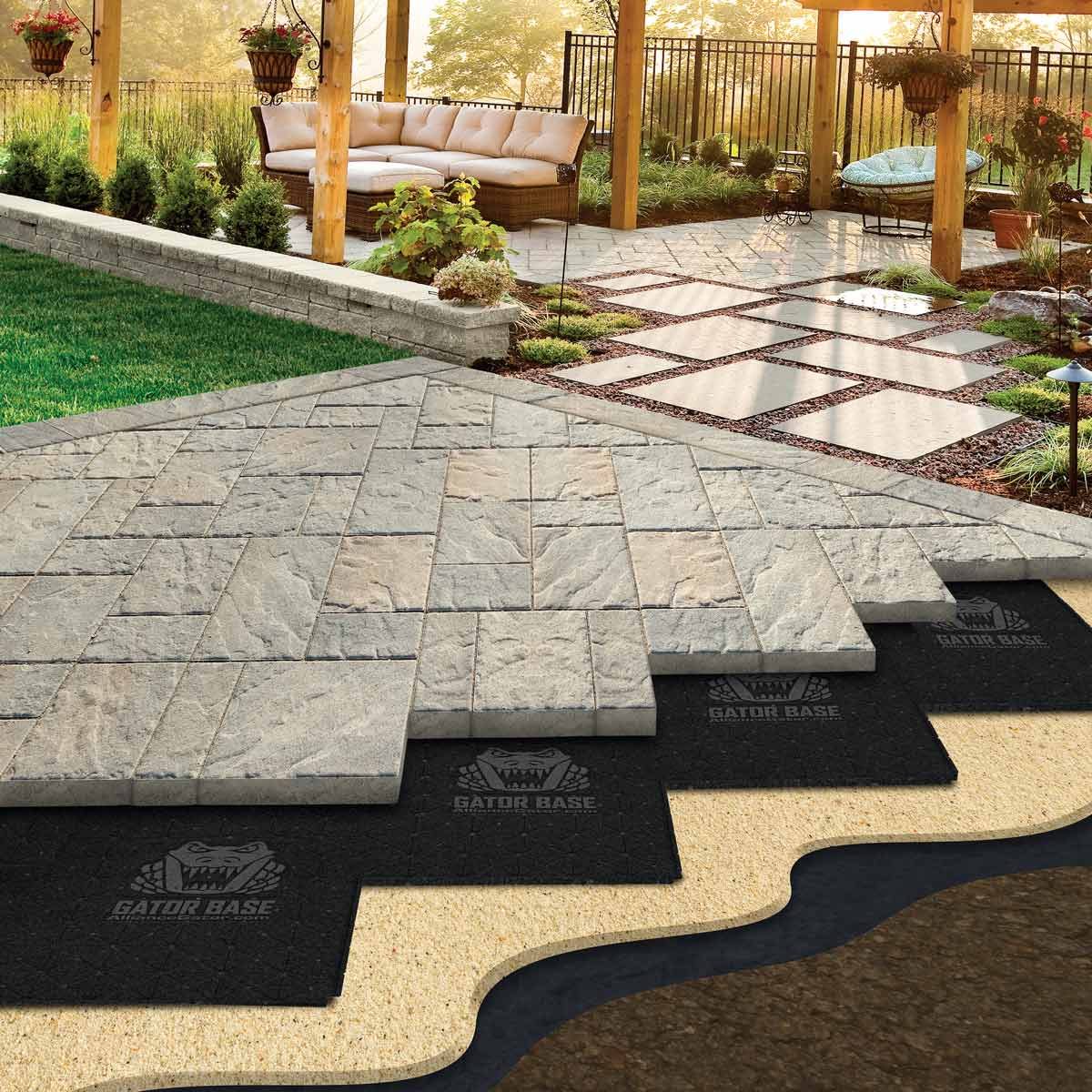
Patio Installation: A Comprehensive Guide
A patio is a wonderful addition to any home, providing a comfortable and inviting outdoor space for relaxation, entertaining, and al fresco dining. Whether you’re planning to install a new patio or upgrade an existing one, this comprehensive guide will walk you through every step of the process.
Planning Your Patio
1. Determine the Purpose and Size
Consider how you intend to use the patio and how many people it should accommodate. This will help you determine the appropriate size and shape.
2. Choose a Location
Select a location that receives adequate sunlight and has good drainage. Avoid areas near trees with extensive root systems or overhead power lines.
3. Establish a Budget
Patio installation costs vary depending on the materials, size, and complexity of the project. Set a realistic budget and research different options to find the best value.
Selecting Patio Materials
1. Concrete Pavers
Concrete pavers are durable, versatile, and available in a wide range of colors and textures. They’re easy to maintain and can withstand heavy foot traffic.
2. Natural Stone
Natural stone, such as flagstone or bluestone, offers a timeless and elegant look. It’s highly durable but can be more expensive than other materials.
3. Brick
Brick patios are classic and charming. They’re durable and can create a cozy and inviting atmosphere.
4. Composite Decking
Composite decking is a low-maintenance alternative to wood. It’s resistant to rot, fading, and insects, making it a great choice for patios that experience heavy use.
Patio Design
1. Layout and Shape
Consider the shape and layout of your patio to enhance its functionality and aesthetic appeal. Rectangular or square patios are classic options, while curved or organic shapes can add interest.
2. Edging and Borders
Edging and borders define the perimeter of your patio and prevent erosion. They can be made from materials such as pavers, bricks, or metal.
3. Fire Pit or Fireplace
A fire pit or fireplace can create a cozy and inviting atmosphere for evening gatherings. Choose a location that’s safe and away from flammable materials.
Patio Construction
1. Site Preparation
Excavate the area where the patio will be installed to remove any existing vegetation and create a level surface. Compact the soil to ensure a stable base.
2. Base Layer
Install a base layer of crushed gravel or sand to provide drainage and support. Compact the base layer thoroughly.
3. Patio Installation
Lay the patio materials according to the manufacturer’s instructions. Use a level to ensure the surface is even and slopes away from the house for drainage.
Finishing Touches
1. Grout or Mortar
For paver or brick patios, fill the joints between the materials with grout or mortar. This will secure the stones and prevent weeds from growing.
2. Sealant
Apply a sealant to the patio surface to protect it from moisture, stains, and fading. Choose a sealant that’s compatible with the materials you used.
3. Accessories
Add accessories such as outdoor furniture, cushions, and plants to enhance the comfort and style of your patio.
Patio Maintenance
1. Regular Cleaning
Sweep or hose down your patio regularly to remove dirt and debris. Use a mild cleaning solution if necessary.
2. Sealant Reapplication
Reapply the sealant every few years to maintain its protective properties.
3. Winter Care
In cold climates, remove snow and ice from your patio to prevent damage. Apply a deicing agent sparingly if necessary.
Troubleshooting Patio Problems
1. Settling and Uneven Surfaces
Over time, patio materials may settle or become uneven. This can be repaired by leveling the surface and filling in any gaps.
2. Cracks and Chips
Cracks and chips in patio materials can be filled with a concrete patch or epoxy. For larger cracks, it may be necessary to replace the affected area.
3. Drainage Issues
If your patio is not draining properly, it can lead to pooling water and damage. Check for clogged drains or slopes that need to be adjusted.
Patio Enhancements
1. Pergola or Gazebo
Add a pergola or gazebo to provide shade and protection from the elements.
2. Outdoor Kitchen
Install an outdoor kitchen with a grill, sink, and countertop to create a convenient and enjoyable cooking space.
3. Water Feature
Incorporate a water feature, such as a fountain or pond, to add a soothing and tranquil element to your patio.
DIY Patio Installation vs. Hiring a Professional
1. DIY Patio Installation
If you’re handy and have the time, you can save money by installing your own patio. However, it’s important to have the necessary skills and tools to ensure a successful outcome.
2. Hiring a Professional
Hiring a professional patio installer can ensure a high-quality installation that meets your specific needs and preferences. They can also provide valuable advice on materials and design.
Conclusion
Installing a patio is a rewarding project that can transform your outdoor space into a beautiful and functional extension of your home. By carefully planning, selecting the right materials, and following the proper construction techniques, you can create a patio that you and your family will enjoy for years to come.